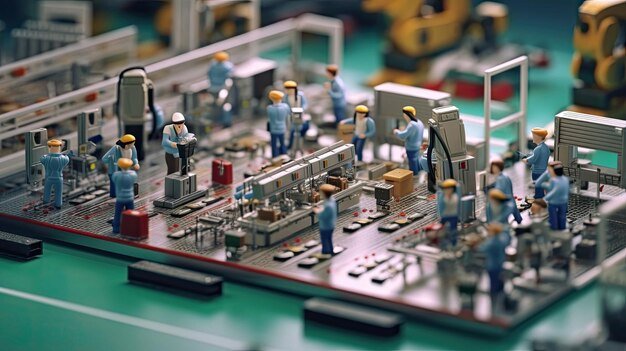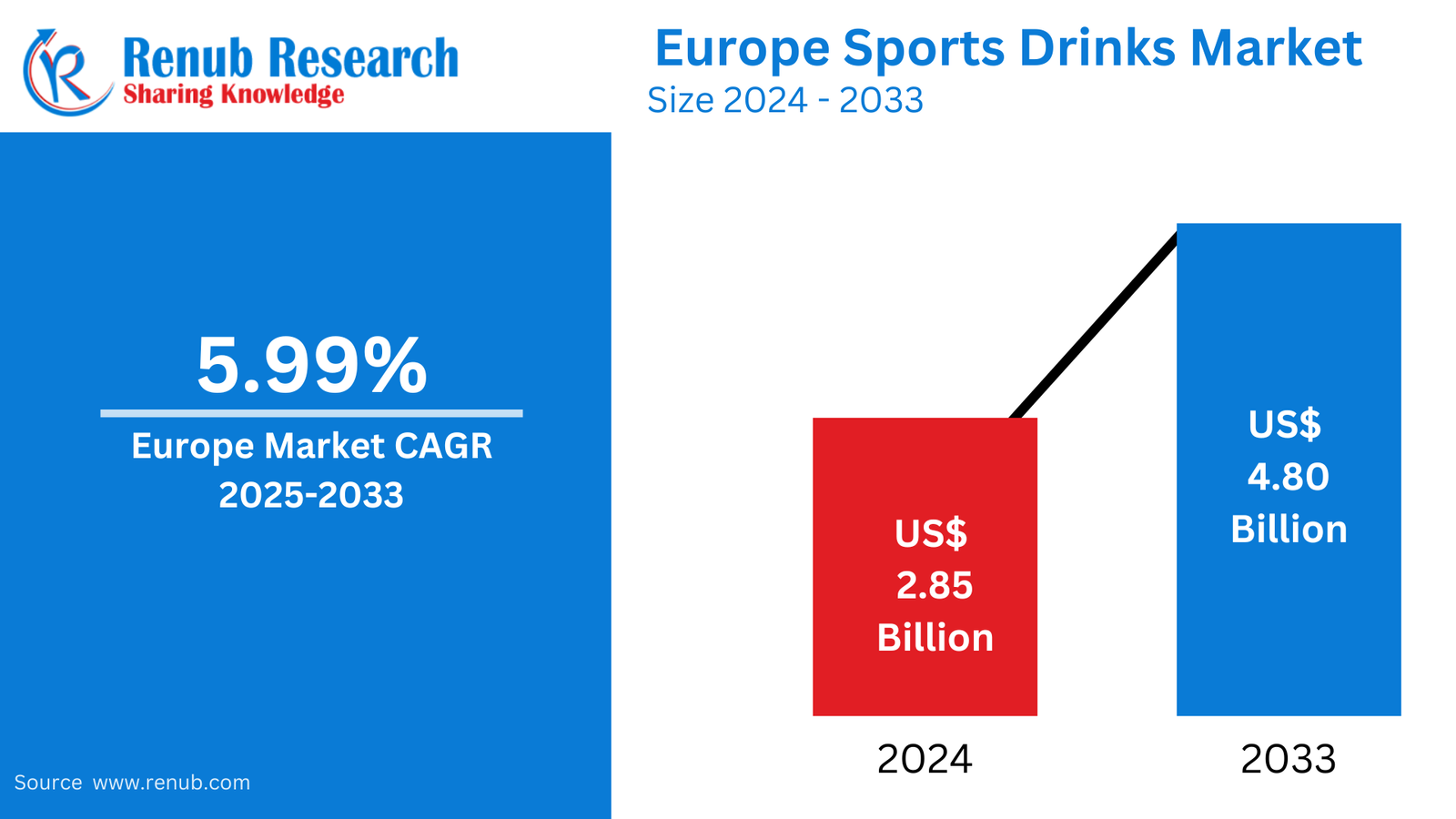I. Introduction
- Overview of GMP (Good Manufacturing Practice)
GMP refers to the guidelines manufacturers must follow to ensure product quality and safety. These practices govern how products are produced, from raw material sourcing to final packaging. GMP forms the backbone of quality assurance across industries such as pharmaceuticals, food production, and cosmetics. Adhering to GMP regulations ensures not only compliance but also boosts consumer confidence in the products. Quality is not just about meeting standards; it’s about setting the benchmark for excellence.
-
Importance of Quality Control in Modern Manufacturing
In today’s competitive landscape, quality control is a non-negotiable element of success. Modern manufacturing demands rigorous oversight to ensure that products consistently meet safety and performance standards. A minor deviation can lead to recalls, legal issues, or loss of market trust. Effective quality control allows companies to maintain their reputation and ensure consumer safety while optimizing production. It’s a key factor that drives innovation and operational excellence.
-
How GMP Training Boosts Quality
GMP training equips employees with the knowledge and tools to maintain high-quality standards. Proper training ensures that everyone understands their role in upholding product safety and compliance. By integrating GMP into daily operations, teams can identify potential risks, prevent errors, and implement corrective actions swiftly. Training creates a proactive workforce that actively participates in maintaining quality, ensuring that processes are followed precisely and consistently.
II. Building a Foundation of Compliance
- Understanding Regulatory Requirements
Compliance with regulatory requirements is essential for any company producing consumable goods. GMP training begins with educating employees on specific regulations relevant to their industry. This knowledge helps them understand the legal frameworks that protect consumers and ensure product safety. The training also emphasizes why these regulations exist and the severe consequences of non-compliance, such as product recalls, fines, and damage to brand reputation.
- Key GMP Guidelines and Protocols
GMP guidelines cover a broad range of operational aspects, including hygiene, process controls, and environmental monitoring. Training outlines protocols like proper handling of materials, sanitation practices, and the importance of controlled environments. Employees learn how these protocols contribute to maintaining product safety and quality. Mastering these fundamentals ensures a smooth production process that minimizes risks and maximizes output efficiency.
-
How Training Ensures Consistent Compliance
Ongoing training is crucial for maintaining compliance. As regulations evolve and new technologies emerge, employees must stay updated on changes that could impact operations. Through continuous GMP training, companies ensure that every team member is aware of the latest guidelines, keeping operations compliant with both local and international standards. Consistent compliance leads to smoother audits, fewer non-conformances, and improved market access.
III. Core Principles of GMP Training
- Focus on Personnel Hygiene and Safety
Personnel hygiene is a critical factor in maintaining product quality, especially in industries like pharmaceuticals and food production. GMP training emphasizes personal cleanliness, proper attire, and sanitation practices that reduce the risk of contamination. Employees are taught how their actions directly impact product safety, making hygiene a priority in every task they perform. This focus on hygiene safeguards consumers and strengthens product integrity.
- Mastering Equipment Maintenance
Equipment maintenance plays a pivotal role in preventing product defects and contamination. GMP training covers the best practices for cleaning, inspecting, and maintaining machinery used in production. Employees are trained to identify early signs of equipment failure and to perform routine checks that ensure machines run optimally. By mastering these maintenance protocols, companies can avoid costly downtime and ensure product consistency.
-
Streamlining Documentation and Procedures
Documentation is a cornerstone of GMP practices. Accurate and thorough records ensure traceability, making it easier to investigate and resolve issues. Training programs emphasize the importance of maintaining detailed logs of every stage of production. Employees are trained to document activities systematically, reducing the risk of errors and ensuring compliance with regulatory bodies. Streamlined documentation creates transparency and accountability across the production line.
IV. Enhancing Operational Efficiency through GMP
- Reducing Errors with Streamlined Processes
GMP training helps identify inefficiencies in production and provides employees with tools to optimize processes. By streamlining operations, companies can reduce errors, minimize waste, and improve product quality. Training emphasizes continuous improvement, encouraging teams to adopt best practices that enhance workflow. This proactive approach leads to fewer mistakes, higher productivity, and a faster path from production to market.
-
Minimizing Downtime through Efficient Practices
Minimizing downtime is crucial for maintaining operational efficiency. GMP training teaches employees to implement preventive measures, such as routine maintenance checks and adherence to safety protocols, which reduce the likelihood of equipment breakdowns. Training programs also emphasize the importance of quick responses to production interruptions. A well-trained team can diagnose issues swiftly and implement corrective actions, ensuring minimal disruption.
-
Maximizing Resource Utilization
GMP training encourages teams to use resources wisely, reducing waste and improving cost-efficiency. Employees learn how to handle materials properly, store inventory efficiently, and ensure that all resources are used effectively. By maximizing resource utilization, companies can reduce overhead costs while maintaining high product quality. This approach also aligns with sustainable practices, contributing to a greener production environment.
V. Ensuring Product Safety and Consistency
A. Training for Risk Management and Hazard Prevention
GMP training equips employees to identify and mitigate risks before they escalate. By focusing on hazard analysis and preventive measures, employees can proactively address potential threats to product safety. From contamination control to process deviations, training ensures that workers are vigilant and prepared to handle challenges in real-time. This approach reduces the likelihood of costly recalls or legal issues, maintaining high safety standards throughout production.
B. Ensuring Product Consistency with GMP Protocols
Consistency is critical for maintaining product quality and meeting customer expectations. GMP training emphasizes the importance of following strict guidelines to ensure uniformity in every batch produced. Employees learn how to monitor variables such as temperature, humidity, and equipment calibration, ensuring products meet the required specifications. Consistent production practices minimize variability, resulting in reliable products that uphold the brand’s reputation.
VI. Role of GMP Training in Employee Engagement
A. Empowering Employees with Skills and Knowledge
GMP training empowers employees by providing them with the knowledge and skills to contribute meaningfully to the production process. By understanding the principles behind GMP, employees become more invested in maintaining high standards of quality and safety. This empowerment fosters a sense of ownership, where each worker plays an active role in the company’s success. Skilled employees are more confident in their roles, leading to better performance and job satisfaction.
B. Fostering a Culture of Accountability
A key aspect of GMP training is instilling a culture of accountability. Employees learn the importance of taking responsibility for their actions and ensuring that every task is performed with care and precision. This culture of accountability reduces errors, enhances collaboration, and drives continuous improvement. When everyone is accountable for their part in the production process, the overall quality of the product improves, leading to better outcomes for the business.
C. Creating a Collaborative Quality-Driven Environment
GMP training promotes teamwork and collaboration among employees, as everyone works towards a common goal of quality control. By emphasizing shared responsibility, training programs encourage open communication and cooperation. Employees become more likely to share insights, troubleshoot issues collectively, and support each other in maintaining high standards. This collaboration strengthens the entire production process, leading to more efficient operations and superior products.
VII. Staying Ahead with Continuous Improvement
A. Integrating GMP Training into Ongoing Development
GMP training should not be a one-time event but rather an ongoing part of employee development. Regular refresher courses and updates ensure that employees stay current with the latest industry practices and regulations. Continuous learning fosters innovation, as employees are encouraged to adopt new techniques that improve production efficiency and product quality. Integrating GMP training into ongoing development ensures that the workforce remains skilled and adaptable in a rapidly evolving market.
B. Regular Audits and Performance Reviews
Regular audits and performance reviews are essential for maintaining GMP compliance. Training prepares employees to understand the audit process and how to meet the necessary requirements. By conducting routine internal audits, companies can identify areas for improvement before external inspections take place. Performance reviews tied to GMP standards help employees stay focused on quality objectives, driving continuous improvement across the organization.
C. Adapting to Technological Advancements
As technology advances, GMP training must evolve to include new tools and techniques that enhance quality control. Employees are trained to adopt automated systems, data-driven decision-making, and digital monitoring tools. This technological integration ensures more accurate production processes, fewer human errors, and better real-time oversight. Adapting to these advancements helps companies stay competitive, maintain high standards, and continuously improve their operations.
VIII. Conclusion
A. The Long-Term Benefits of GMP Training
GMP training provides lasting benefits by ensuring that quality control remains a top priority. It equips employees with the tools and knowledge needed to uphold the highest standards of product safety and compliance. Over time, companies that invest in GMP training enjoy improved production processes, fewer errors, and stronger market reputations. These long-term benefits translate into sustained success and competitive advantage.
B. How to Get Started with Comprehensive GMP Programs
Getting started with GMP training is a straightforward process that begins with identifying the specific needs of your industry. Partnering with certified training providers ensures that your program is aligned with the latest regulations. By developing a tailored training plan, companies can address gaps in knowledge and strengthen their quality control efforts. Comprehensive GMP programs are a smart investment for businesses aiming to achieve excellence.



